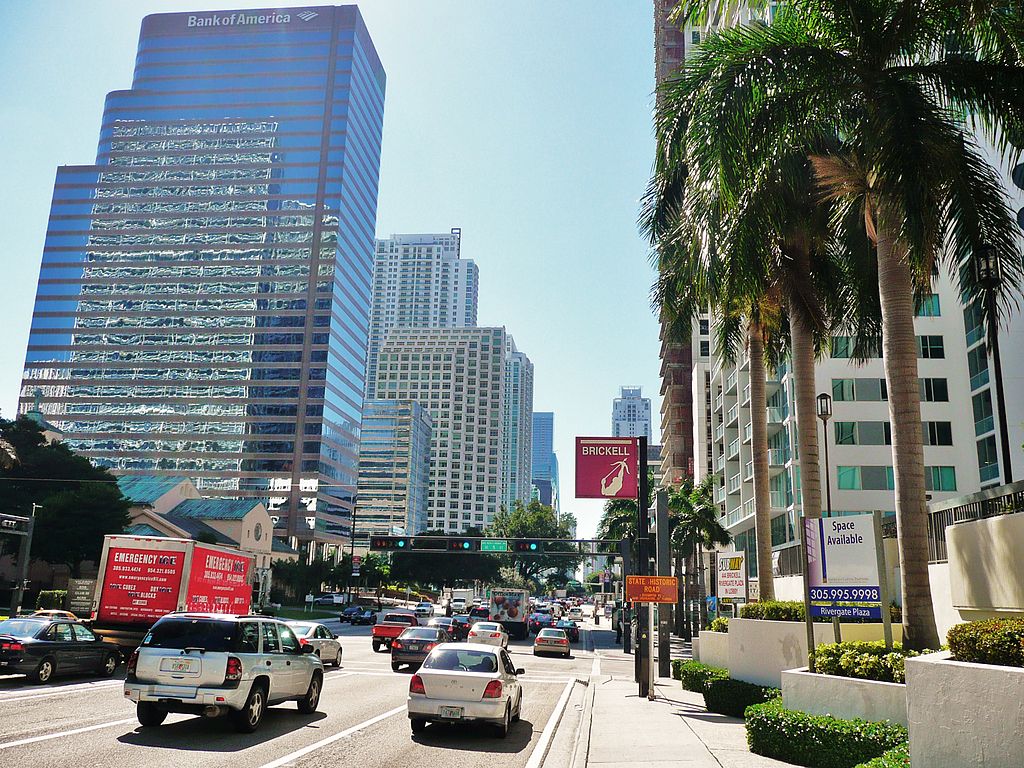According to the Boston Consulting Group 2013 Global Wealth Report offshore wealth, defined as assets booked in a country where the investor has no legal residence or tax domicile, rose by 6.1% in 2012 to $8.5 trillion. Despite this increase, stronger growth in onshore wealth led to a slight decline—to 6.3% from 6.4%, compared with 2011—in offshore wealth’s share of global private wealth. While offshore wealth is projected to rise modestly over the next five years, reaching $11.2 trillion by the end of 2017, BCG concludes that wealth is increasingly moving onshore due to the intense pressure that tax authorities are exerting on offshore centers.

Sources and Destinations of New Offshore Wealth
Since existing wealth in offshore centers will likely remain fairly static in the coming years, the battle for leadership in offshore centers will largely be determined by the ability to attract new offshore wealth. Over the next five years, BCG projects that offshore wealth created globally will come largely from investors in Asia-Pacific ($1.4 trillion), Latin America ($0.5 trillion), the Middle East and Africa (MEA, $0.5 trillion), and Eastern Europe ($0.2 trillion).
Asia-Pacific offshore centers such as Singapore and Hong Kong are expected to receive most of the newly created wealth in the region that finds its way offshore. Similarly, offshore centers in the Caribbean region will benefit most from new offshore wealth created in Latin America, as will Miami-based U.S. and Latin American banks. European offshore centers are expected to profit most from offshore wealth created in Eastern Europe and MEA.
Overall, Asia-Pacific offshore centers will become more prominent. They are projected to hold roughly 18% of global offshore wealth by the end of 2017, compared with 15% in 2012, with European offshore centers dropping slightly from 58% to about 55%. The share of offshore centers in the U.S. and the Caribbean region will remain steady at around 20%, since they are expected to attract a fair share of new offshore wealth as well.
Switzerland is expected to remain the largest single offshore center globally, with about 25% of total offshore wealth by the end of 2017, compared with 26% in 2012. Singapore, in second place, is expected to increase its share from 10% to around 12%.
In order to become or remain leading offshore players, BCG highlights that private banks will have to adjust to the current trends by building local presences, developing more sophisticated offerings, and adapting to regulatory requirements. They must also focus on the regions where the most new offshore wealth will be created—and they must be ultratransparent. Last but not least, according to the report, they must focus on the UHNW and HNW segments, which will be the primary sources of new offshore wealth.
Latin America achieved double-digit growth in 2012, with total wealth rising by 10.5% to $3.9 trillion. Major factors mentioned by the 2013 BCG Wealth Report were robust GDP growth in the region as well as the equity market recovery. Private wealth held in equities rose by 20.5% in 2012, compared with increases of 11.1% in bonds and 8.0% in cash and deposits. With a projected CAGR of 8.3% private wealth in Latin America will grow to an estimated $5.9 trillion by the end of 2017.

